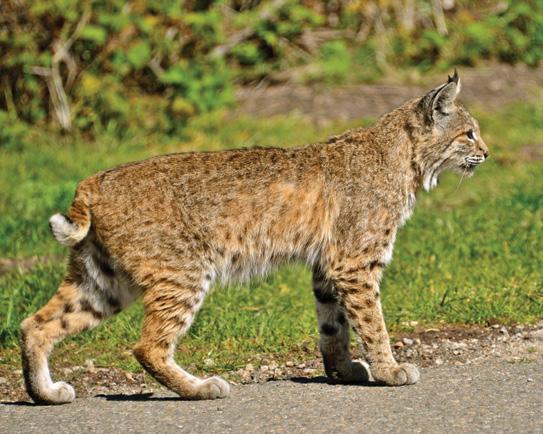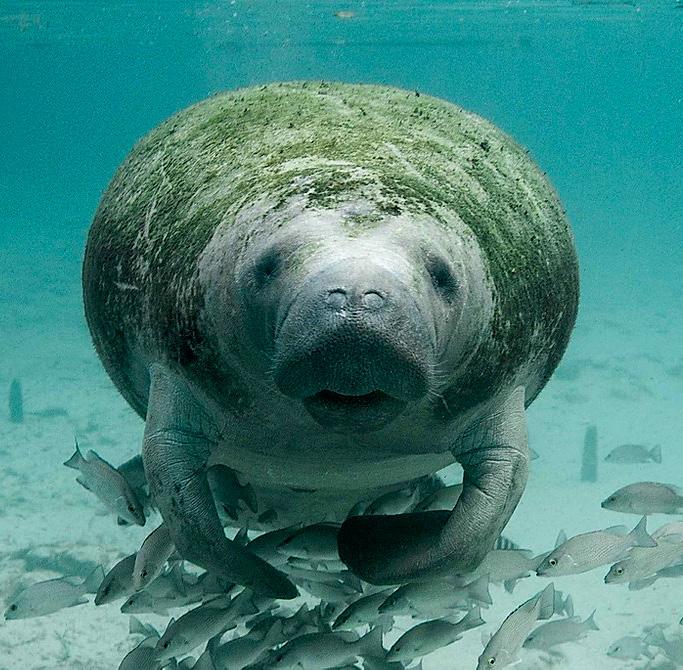
4 minute read
Wildlife Guide
manaTees
Manatees, often called sea cows, are peaceful, lumbering ocean creatures that are always a treat to see. These gentle giants are vegetarians and love warm water. Manatees are protected and need our care for survival. Look but don’t touch. Never feed or approach them. Boaters must take extra care. The most common cause of injury to manatees comes from boat propellers. When fishing, reel in your line when a manatee is near. Find out more about these wonderful creatures at the The Manatee Observation & Education Center in Fort Pierce and enjoy their observation area. Round Island Park in Vero Beach and Sebastian Inlet State Park in Sebastian are also great places to spot manatees.
Advertisement
DoLphIns
Florida is home to several species of dolphins, and the most common is the bottlenose dolphin. Adults are typically six to 12 feet and their young may be less than a foot long. Dolphins give live birth in the spring and summer months and it is not uncommon to see the babies swimming closely alongside their mothers in the Indian River Lagoon. Dolphin calves nurse for up to 24 months and usually stay with their mothers for an average of three years. Dolphins live both inshore and offshore so they can be observed almost anywhere along the beach and the Indian River Lagoon but there are an estimated 300 resident bottlenose dolphins that live in the lagoon year-round. It is always a thrill to see them frolicking and fishing in our waters.
sea TurTLes
The Treasure Coast and surrounding beaches make up the largest and most significant sea turtle nesting sites in the country. Leatherback turtles are the first to arrive in early spring with Loggerheads following in April through July, and green turtles in late May through October. Sea turtles lay and bury their eggs on our beaches at night. After about two months, the hatchlings, as a group, make their way to the water’s edge following the light of the moon. Various groups offer beach walks to safely and legally observe nesting turtles. During hatchling season, the public can attend “turtle digs” where hatched nests are examined and documented by local experts. Sea turtles are protected and some are endangered so it is illegal to harass or interfere in any way with nests, nesting turtles or hatchlings. Turn off all beach facing lights during hatchling season so the little ones don’t get disoriented as they make their way to the ocean. Never approach a nesting female and please, leave nothing on the beach except your footprints.
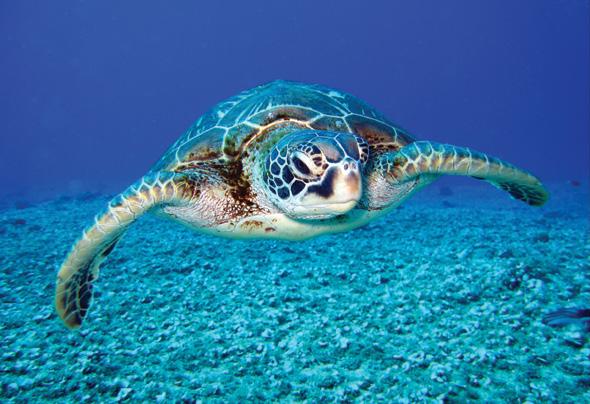
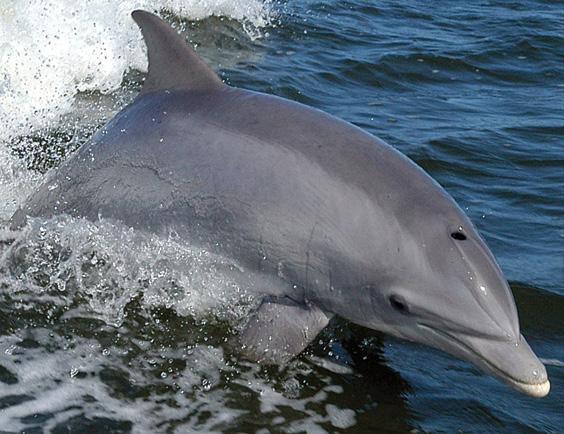
Florida’s warm climate and lush landscape is home to an abundance oF wildliFe that you won’t want to miss. on land and in the water, you’ll be amazed at what you can observe in a single day on the treasure coast. learn more about some oF the Fascinating creatures that call vero beach, sebastian and Fort pierce home!
FLorIDa panThers
Florida panthers are large, light brown cats with a white muzzle, belly and chest. Their tails, ears and snout have black markings. While they are a unique subspecies of Puma concolor (also known as mountain lion, cougar, or puma), you’ll know the Florida Panther by its unique crooked tale and patch of fur on its back. Although most panthers are found south of Lake Okeechobee, they have been documented throughout the state. Florida Panthers are critically endangered and are the last of their subspecies still surviving in the eastern United States. Today there are less than 200 left in the wild. If you see a Florida panther, keep your distance and don’t harass, but be sure to report the sighting to 1-888-404-FWCC.
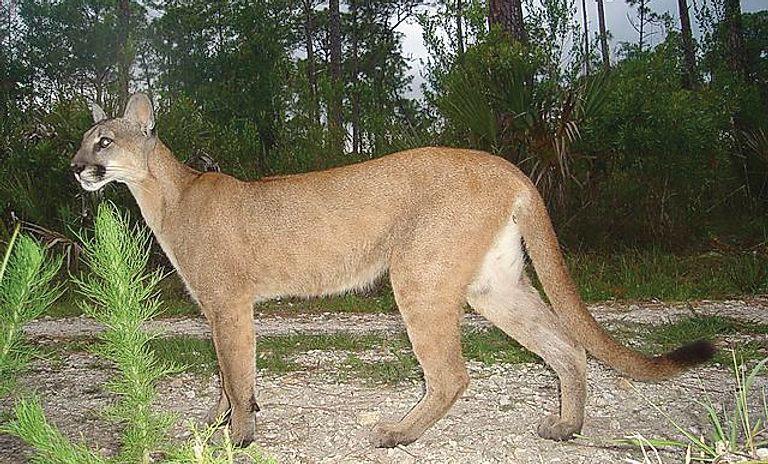
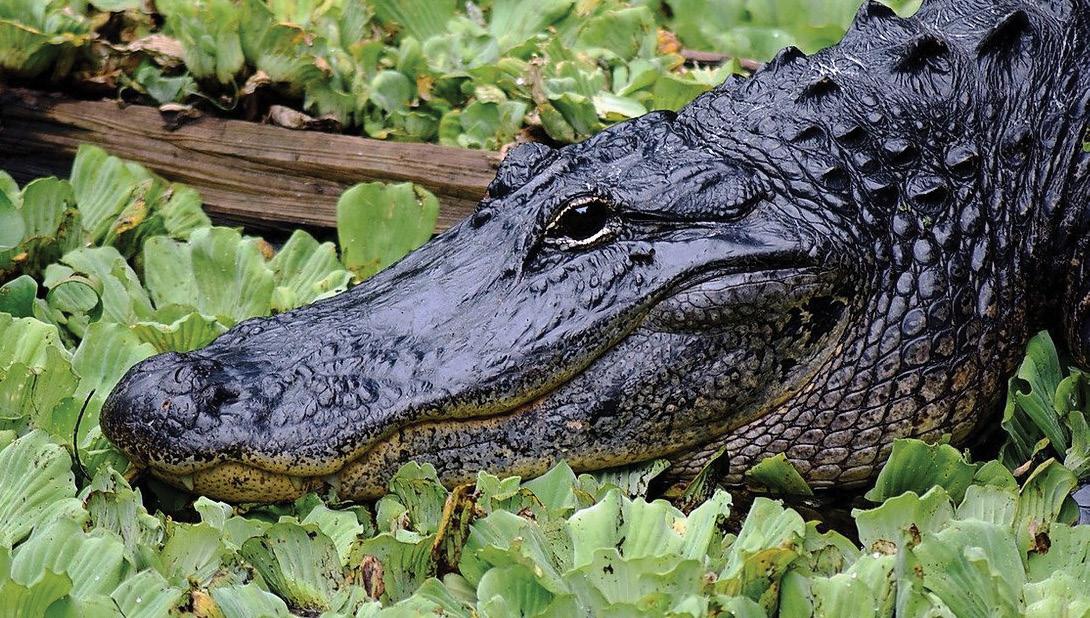
bobcaTs
Are you one of the many that happened to catch the viral photo of the bobcat dragging a shark out of the surf in Vero Beach in 2015? Bobcats are alive and well on the Treasure Coast and widely distributed throughout Florida in deep forest, swamps, and hammock land. The bobcat is about twice the size of a domestic cat and has long legs, large paws and a short, or bobbed, tail. Bobcat sightings are often mistaken for panthers as they are the only other predatory “big cats” native to Florida. Though they are abundant, bobcats are stealthy and secretive so catching a glimpse of these beautiful animals is a rare gift.
aLLIgaTors
Florida is famous for many things, not the least of which is an abundant American Alligator population. Alligator observation opportunities are some of the most sought after experiences by visitors and residents alike. Treasure Coast populations reside mostly in fresh bodies of water and marsh areas, and the safest way to see them is with a licensed tour operator. We respect and appreciate our alligators. They are an important part of the Florida’s environment and play a valuable role in the ecology of our wetlands. Alligators are apex predators that help keep other aquatic animal populations in balance, so coexistence is essential. But they are dangerous animals and, while serious injuries to humans are rare, it is wise to use extreme caution in their presence. Never approach or feed an alligator under any circumstances. Swim only in designated areas and be sure to keep pets on a leash around fresh and brackish waters.
